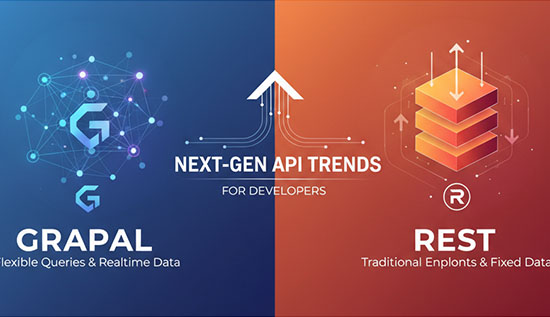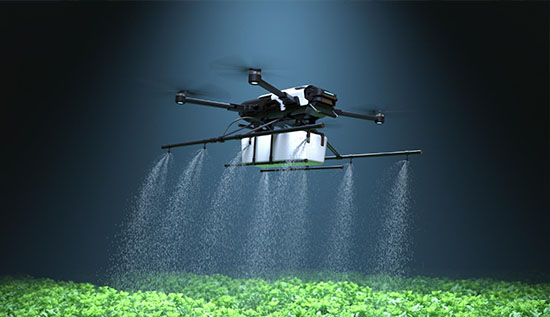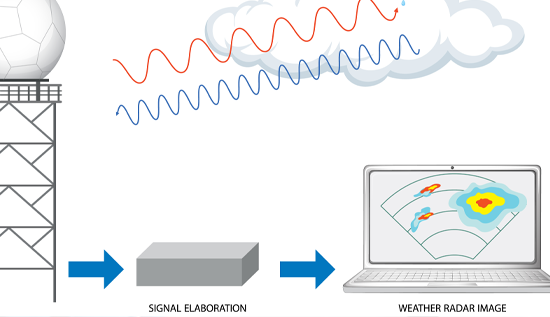Top 5 Waterfall Model Advantages and Disadvantages

Weigh the top advantages and drawbacks of the Waterfall model while examining how it stacks up against Agile methodology in real-world projects.
One of the most important things to think about when managing software development jobs is which methodology to use. The Waterfall model and the Agile technique are two common ways to do things. These frameworks have various structures and processes, and the project factors will determine which one to use. To make the right choice, you need to know the Waterfall model advantages and disadvantages and what the main difference between Waterfall and Agile.
This article will talk about the top 5 advantages and disadvantages of the Waterfall model, contrast it with the more flexible and iterative Agile process model, and talk about how both models affect current Agile software development life cycle practices.
What is the Waterfall Model?
The Waterfall model is a standard, step-by-step way to make software. It goes from Requirements to Design to Implementation to Testing to Deployment to Maintenance in a straight line. Once a step is over, the process doesn't go back or overlap with the next one.
This is different from the Agile methodology in software engineering, which encourages incremental growth, constant feedback, and the ability to quickly adapt to new situations.
The debate over whether to use Agile vs Waterfall methodology is still at the center of project planning conversations. Each model has its own pros and cons that rely on the type and size of the project.
Top 5 Advantages of the Waterfall Model
1. Simple and Structured Process
One big Waterfall model advantage is that it is clear and structured. It's easy to follow the steps in order, especially for teams that like to have a clear idea of when things need to be done. At each step, deliverables are well recorded, which makes planning and carrying them out easy.
Agile project management, on the other hand, is often less predictable because it is always changing. This difference is often brought up when comparing the Agile and Waterfall methodologies: Waterfall works best in situations that need exact control, while Agile works better in situations that are always changing.
2. Well-Documented Phases
Waterfall counts on documentation a lot. This works great for projects that might have a different team do upkeep and upgrades in the future. The model's focus on written records keeps things running smoothly, which is something that is often missing in Agile settings.
Agile methodology in software engineering puts a lot of emphasis on working software and talking to people in person. However, it may not put enough emphasis on written documentation, which can make it harder to share knowledge over time.
3. Clear Milestones and Progress Tracking
Waterfall divides the project into stages that don't overlap, making it easy for managers to keep track of budgets, targets, and progress. With these clear checkpoints, you can see what has been done and what needs to be done next.
In Agile project management, on the other hand, tasks change over time, which makes tracking progress less rigid and more based on how well the team works together and how often they meet for sprints.
This shows the difference between Waterfall and Agile: Waterfall relies on planning ahead of time, while Agile values adaptability and freedom in real time.
4. Predictability and Cost Estimation
Predictability is another thing that works well with Waterfall. Once all the needs are known, it's easier to guess how much it will cost, how long it will take, and what resources will be needed. Because of this, it works well for projects with tight deadlines or budgets.
Estimating costs is an important part of the Agile vs Waterfall methodology debate. When the project's scope changes, agile costs can change, but Waterfall budgets stay more stable.
5. Suited for Fixed-Scope or Low-Change Projects
When project needs are stable and not likely to change, waterfall works best. This model is often good for government contracts, infrastructure, and industrial processes. The process stays on track because the client isn't involved much after the first step.
The Agile process model, on the other hand, depends on constant feedback from users, which can be too much or not helpful for projects with little variation.
Top 5 Disadvantages of the Waterfall Model
1. Lack of Flexibility
One big problem with the Waterfall model disadvantages is that it is very rigid. It's hard and often expensive to make changes after a phase is finished. If a major mistake is found too late in the process, the whole thing might have to be redone.
This is where the benefits of the Agile methodology in software engineering really come through: it lets teams change, adapt, and turn with little trouble. When comparing Agile vs Waterfall methodology, this adaptability makes Agile a better choice for modern, changing tasks.
2. Delayed Testing
In Waterfall, testing doesn't start until the whole thing is built. If bugs or other problems show up, coders may have to go back and fix earlier stages, which can cause delays and cost more money.
The Agile software development life cycle, on the other hand, includes testing at every stage. This way, problems are found early and fixed more quickly. This main difference between Waterfall and Agile has an impact on risk management, quality, and speed.
3. Low Client Engagement
In Waterfall, the customer is usually only involved in the requirements process and the final delivery. This gap could cause a product that doesn't meet customer needs.
On the other hand, Agile project management pushes clients to keep working with the team as the project is being built. This personal method usually makes users happier and lets you respond more quickly to changes in their needs.
4. Difficult to Accommodate Change
It's hard to make changes to the project's scope once the Waterfall method is already in place. Any change usually needs a lot of work to be done again, which can throw off the project schedule.
When you use the Agile process model, you plan for and expect change. Agile teams regularly review their goals, which lets them change the order of things without putting the whole project at risk.
This is a great example of the difference between Agile vs Waterfall methodology: Agile encourages change, while Waterfall demands continuity.
5. Poor Fit for Complex or Uncertain Projects
Waterfall is not a good method for projects with a lot of unknowns or new ideas. Experimenting and learning little by little is better for these kinds of projects.
In these situations, the Agile methodology in software engineering works better. Agile teams can quickly deliver prototypes, get feedback, and make changes based on that feedback. This lowers risk and makes the team more flexible.
Agile vs Waterfall Methodology: Which One Is Better?
There is no clear winner in the Agile vs Waterfall methodology debate. Based on the needs of the project, each plan has its own strengths:
- Waterfall works best in organized, predictable settings with set goals.
- Agile works best for projects that need constant feedback, quick iterations and the ability to change.
To make sure that your organization's goals are met by the methods you use you need to know the difference between Waterfall and Agile. Some teams even use a mix of Waterfall and Agile methods, taking order from Waterfall and flexibility from Agile.
When comparing Waterfall methodology vs Agile, It's important to think about how involved the client is, how willing they are to take risks, how flexible the timeline is, and how much paperwork they need. Due to rules, projects in healthcare, military, and government often have to use Waterfall. On the other hand, startups and platforms that interact with customers tend to prefer Agile's flexibility and speed.
Conclusion
The Agile and Waterfall methods are both useful for making software today. The top 5 Waterfall model advantages and disadvantages listed above can help your team decide on the best way to move forward.
Waterfall may be best for you if you need to be able to plan ahead, keep things under tight control, and keep clear records. But Agile is probably going to work better if you work in a market that changes quickly and where user feedback is very important.
Project managers can make smart choices that maximize value and efficiency by learning about the Agile software development life cycle, the Agile process model, and the bigger picture of Agile vs Waterfall methodology.
Read More: About Software QA Tester in Cambodia: Your Guide to QA Careers
More Articles
 20 Nov 2025
20 Nov 2025
GraphQL vs REST: Next-Gen API Trends for Developers
Compare GraphQL vs REST to optimize API performance, scalability and modern application design with best practices for developers.
 20 Nov 2025
20 Nov 2025
Neural Network Programming Beyond Python: Rust & C++
Experience neural network programming beyond Python, powered by Rust and C++ ecosystems built for speed, safety, and large-scale deployment.
 19 Nov 2025
19 Nov 2025
Swarm Robotics in Agriculture & Logistics: Smart Automation
Swarm Robotics in Agriculture & Logistics enhances automation, efficiency, and smart coordination across modern farming and logistics operations.
 19 Nov 2025
19 Nov 2025
Ultra-Low Latency Networks for VR/AR: Optimized Performance
🚀 Discover how Ultra-Low Latency Networks for VR/AR are transforming real-time experiences with 5G, edge computing, and seamless data transmission.